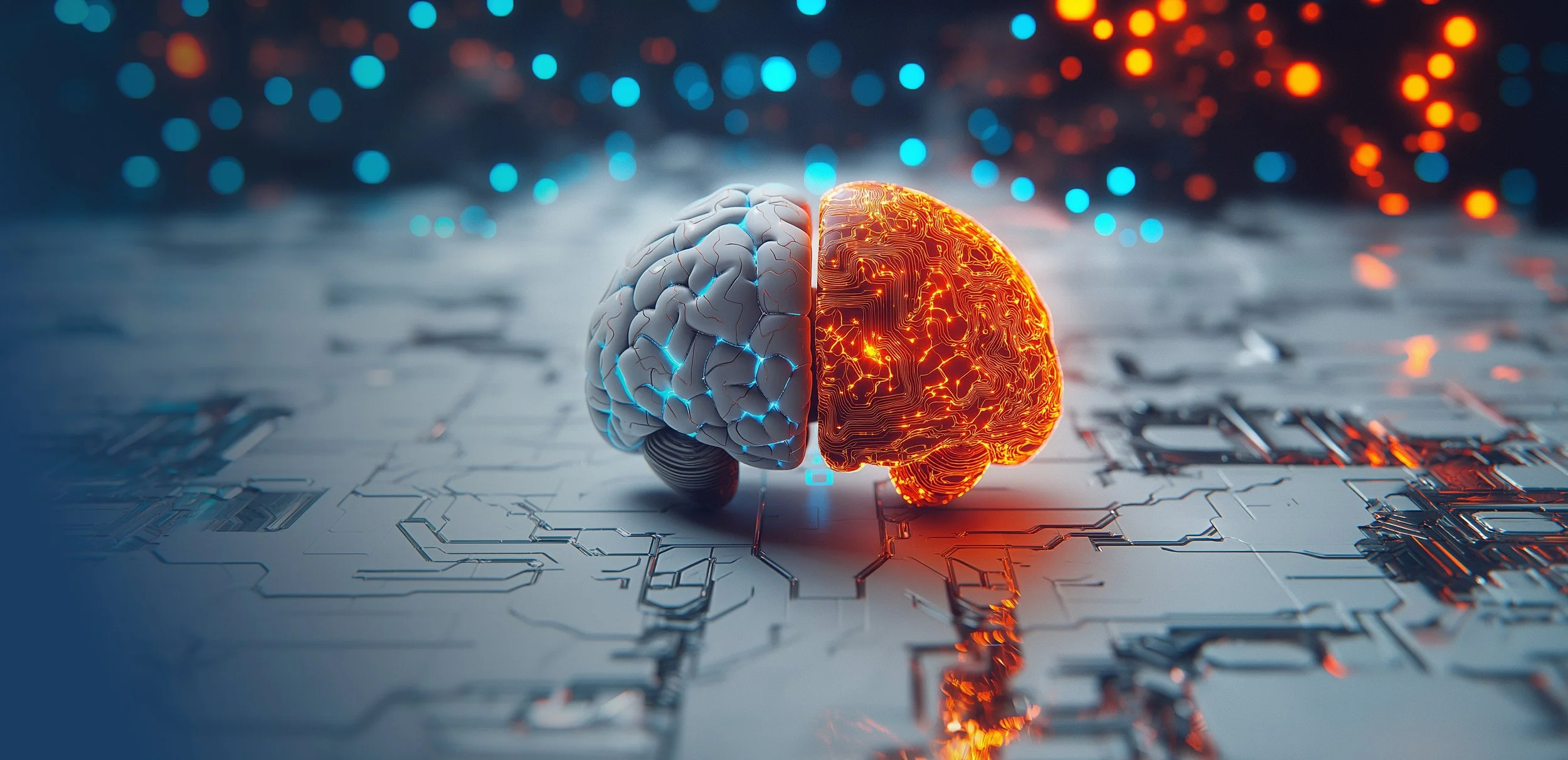The basic argument for the theoretical feasibility of the NADA Project begins with the recognition that modern neuroscience is revealing the embodied basis of the human mind. Because the mind is embodied in the living brain, by simple substitution the mind could be embodied in any physical form that adequately replicates the brain’s mechanisms.
Furthermore, advances in artificial neural network (ANN) models have now produced powerful computational models of abstract concepts for recognizing patterns in many domains. Significantly, these advances have been made with ANNs, rather than traditional symbolic artificial intelligence (AI) approaches. The suggestion may be that insights into biological intelligence will continue to generate insights into AI, and vice versa, in what promises to be a rapid feedback loop of advancing both human and computer intelligence.
Invasive brain-computer interface (BCI) technologies, requiring insertion of technology into the head tissues, are being explored by companies such as Neuralink. The first interfaces being evaluated by BEL Co in support of the NADA Project are noninvasive, using dense array electroencephalography (EEG) and transcranial electrical stimulation (TES). The Stage I NADA Project will support theoretical discussions of the feasibility of both invasive and noninvasive methods of BCI. More importantly, direct evidence of the feasibility of an effective brain-computer interface will be provided by the rate of progress in both invasive and noninvasive methods, coupled with individual neuromorphic machine learning, in the coming years.
The goal of transferring the individual mind to machine form requires not only effective communication between mind and machine, but also the adequate capture of the essential capacity of the mind. For this goal, the NADA “approximation” follows a logic similar to the familiar Turing test. The essential self that we recognize is not a perfect personal history, but rather that set of memories and cognitive capacities that we continue to consolidate effectively in each night’s sleep. This active process of organizing daily experience within the dynamic and ongoing architecture of the self might be emulated by a neural interface that captures the sleep process over an extended interval of time. Whether this requires a year, a decade, a lifetime, or it proves altogether infeasible, remains to be determined as a key NADA goal.
The question of when the digital approximation is adequate for transfer of the mind to the computer may seem to be important. Yet if an effective brain-computer interface is established with a high resolution neuromorphic emulation, then the person’s mind will almost certainly establish a kind of hybrid intelligence, in which ongoing cognition is extended by the increasingly powerful capacities of AI. As a result, the most likely scenario is a gradual transition to the computational AI of the Entropy Escape Vehicle, as the degradation of the brain with disease or senility makes the original biological vessel increasingly irrelevant.




